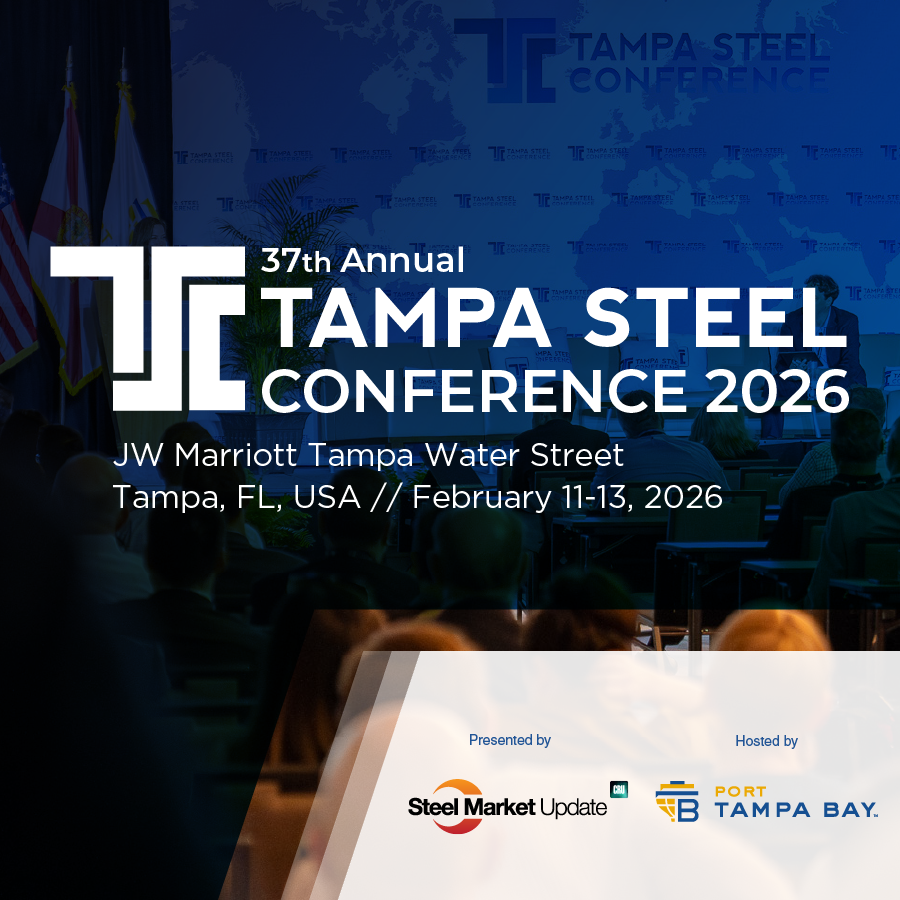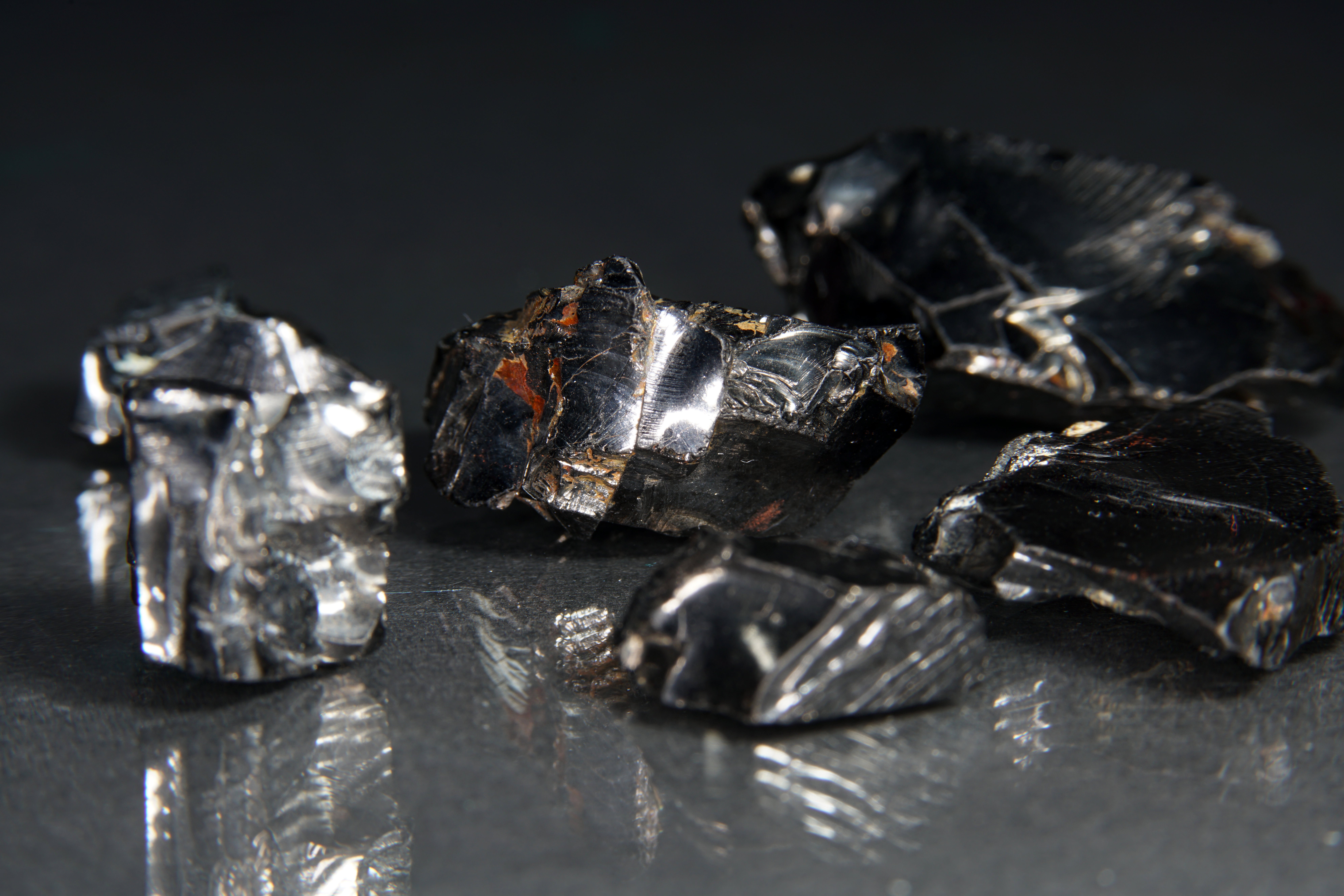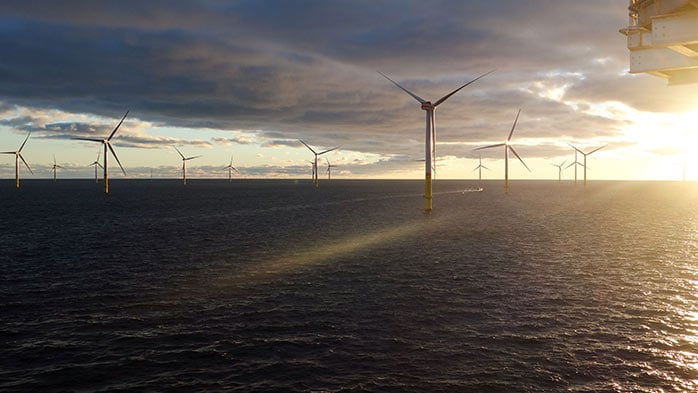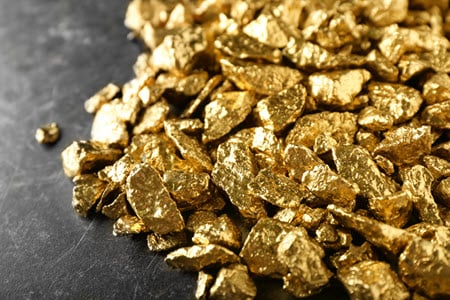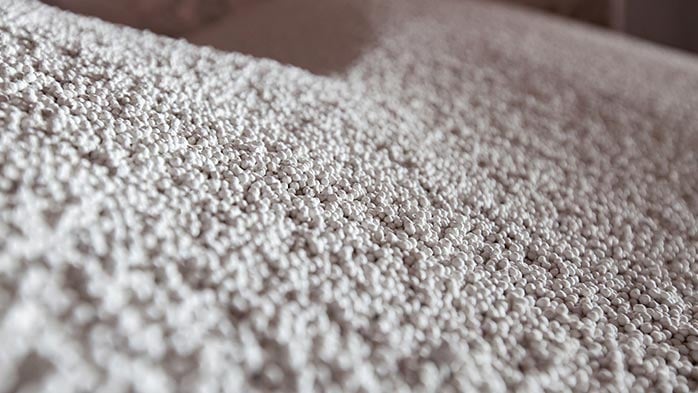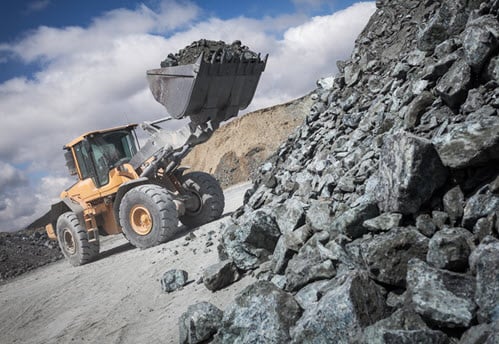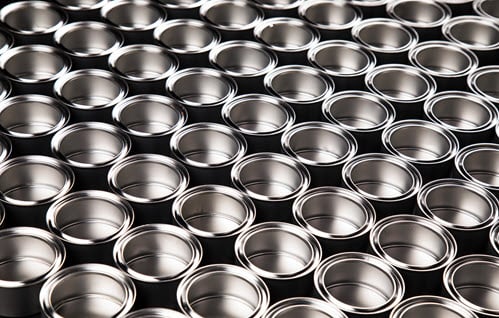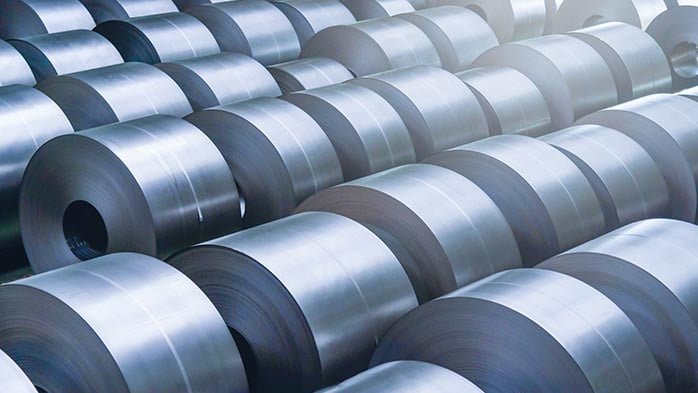Steel
Deep data on DRI and scrap for your decarbonisation strategy
Deliver on your decarbonisation strategy by leveraging CRU’s deep understanding of DRI & Scrap
CRU has an extensive history researching and delivering insight on both direct reduced iron (DRI) and ferrous scrap. Our models have been build leveraging our deep technical understanding of the ferrous charge required to produce the various steel products through the process technologies that are available now and potentially in the future. Understanding the dependencies across these markets is key to a successful decarbonisation and green steel strategy.
Scrap is important, though supply is constrained
Scrap is often cited as ‘the’ solution for the decarbonisation of the steel industry. However, while scrap is indeed a low emissions feedstock, supply is insufficient, and quality constraints limit its use in key steel grades for decarbonisation. The bulk of scrap supply comes from past steel consumption and is what we term obsolete scrap. Consequently, scrap supply can never meet the whole of future demand for scrap while global steel demand continues to grow.
This obsolete scrap is steel recovered from aged buildings that are demolished, vehicles that reach the end of their useful life and are wrecked or from other steel end-uses such as appliances and machinery. Two things impact the quality of steel scrap – its provenance (i.e. how it was produced) and its end-use application. The former determines the impurities that may be within the steel itself. The latter, how much impurity may be carried on or alongside the scrap (e.g. copper wire folded within the metal during recovery). The extent of impurity in scrap is largely unknown for a steel mill and carries risk when using scrap in steel production. Consequently, for certain types of steel (e.g. flat products) where these impurities cause product issues, high levels of primary (virgin) iron are required to dilute any potential impurities in the scrap.
DRI is a key solution, though iron ore supply and hydrogen are constraints
Direct reduced iron (DRI) is a lower emission form of primary iron (i.e. iron that produced from the reduction of iron oxide (iron ore)) than pig iron (or hot metal) that is produced via a blast furnace. Currently, DRI uses natural gas as a reductant compared with pig iron that uses metallurgical coke (from metallurgical coal). In the future, it is hoped that DRI will be reduced using hydrogen, further reducing emissions from this form of iron and there are several project investments underway globally, particularly in Europe. CRU tracks the various DRI projects and scores each using ten different parameters to evaluate the projects, including the availability of information about capacity, location, technology supplier, capex, start year, industry experience of the owners, financing, permits, iron ore supply and others.
DRI has historically been used in an electric arc furnace (EAF), where scrap is a higher proportion of the overall raw materials inputs, to dilute impurities in the ferrous scrap charge. In some markets, it is also used due to better supply and costs for DRI (e.g. where scrap supply is limited and import costs are high).
A key factor in the use of DRI is that it is iron that remains in a solid state, which means impurities in the iron ore remain in the DRI and affect EAF operations. Consequently, the availability of higher-grade iron ore supply is important. As higher-grade iron ore supply is constrained in the future, this poses a challenge for future DRI production growth. Though, there are technologies emerging, such as the DRI melter furnace, that may enable use of lower grade iron ore supply in DRI, notably as a replacement for hot metal in basic oxygen furnace (BOF) steelmaking.
Our forecasts are technology and supply constrained to provide a realistic set of scenarios
Both our medium-term (5 year) and long-term (25–30 year) market outlooks consider the impact of these constraints on the steelmaking technologies that will become available and the viable raw materials charge. We use Monte Carlo based value-in-use models to determine these outcomes for the steel industry given steel demand, and various supply and cost assumptions. This provides a view on how production will develop by steelmaking and ironmaking processes across our forecast horizon.
Integrated with energy forecasts
The decarbonisation of steel shifts the industry from chemical energy to electrical energy. Coal, via coke, currently provides the energy for reduction for the bulk of iron production (and therefore steel production). Hydrogen production is presently highly energy intensive. Additionally, electric arc furnaces that use electricity to melt a cold charge, will be increasingly used. This will place increasing demands on country, regional and global energy supply where electrification of other sectors is also increasing demand. The supply of this energy must also be decarbonised. Energy and policy forecasts integrate with those developed in CRU’s Power Transition Service and Sustainability & Emissions Service.
Steel coverage includes:
Steel Prices
Get accurate steel price assessments and insights from CRU, covering metallics, stainless steel, raw materials, steel plate, and hot rolled coil, including The CRU.
Learn More
The CRU: US Midwest Hot-rolled Steel Coil Index
Get trusted hot-rolled coil price index data for CME’s HRC Steel futures. Stay ahead in the US steel market with reliable pricing insights. Explore now!
Learn More
Supply and Demand
We provide you with crucial consumption, production, capacity, trade, market balance and inventory data across the mining, metals, fertilizer and battery value chains.
Learn More
Forecasts and Scenarios
Navigate Commodity Markets with Timely Forecasts and Strategic Scenarios
Learn More
Asset Data: Supply, Costs, Emissions and Valuations
Our detailed insights into costs, production, emissions performance and valuations empower you to make informed decisions and drive your business forward.
Learn More
Macroeconomic and End-use Demand and Cost Drivers
International macroeconomic analysis empowering your decision making. CRU’s macroeconomic analysis enables you to make informed choices, mitigate risks, and seize opportunities across the global commodities markets
Learn More
Market and Industry Trends and Themes
Benefit from CRU’s extensive experience in analysing commodity market trends, dynamics and macro factors to make informed decisions
Learn More
Expert Interpretation of Market Data and Events
Benefit from expert market data and knowledge to identify key dynamics, assess implications, and stay ahead in the commodity market
Learn More
Specialist Analyst Support
Our experienced analysts, equipped with proprietary data and extensive networks, empower your decision-making processes and facilitate interactions with stakeholders.
Learn More
Economic and Sustainability Policy and Regulation
CRU offers a comprehensive suite of economic and sustainability insights that enable businesses to navigate the complex and rapidly evolving landscape of climate change and the energy transition.
Learn More
Sustainability and Emissions
CRU’s Sustainability Service offers insights on the sustainability value chain, emissions trends, carbon markets and the costs of renewable and alternative energy sources
Learn More
Clean Technologies
Stay ahead in navigating the sustainable energy landscape and make informed decisions with insights about clean technology.
Learn More
Asset Services
Cost, emissions and valuations data for mining, metals and fertilizer production sites globally. Benchmark and compare asset performance to inform your plans and decision-making.
Learn More




